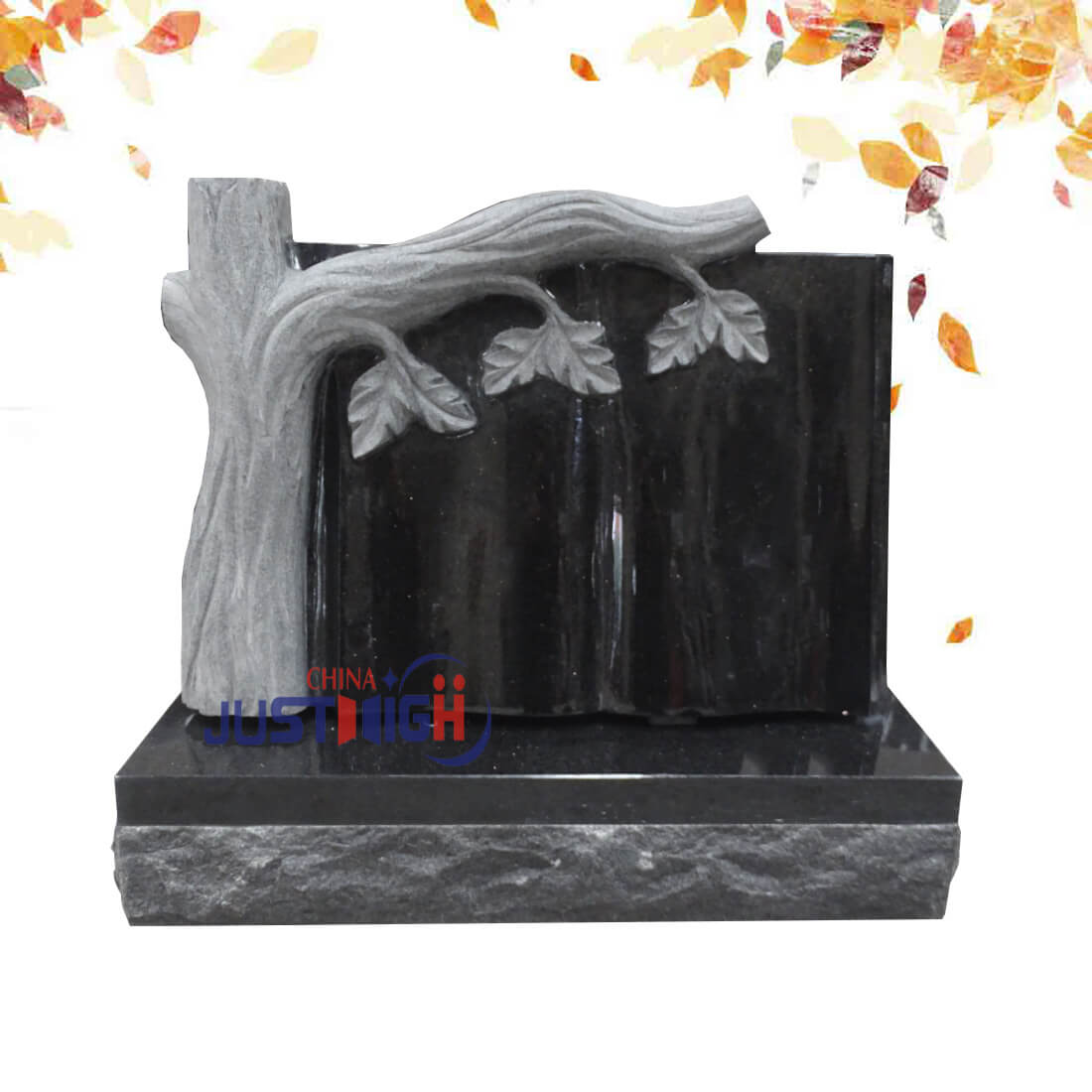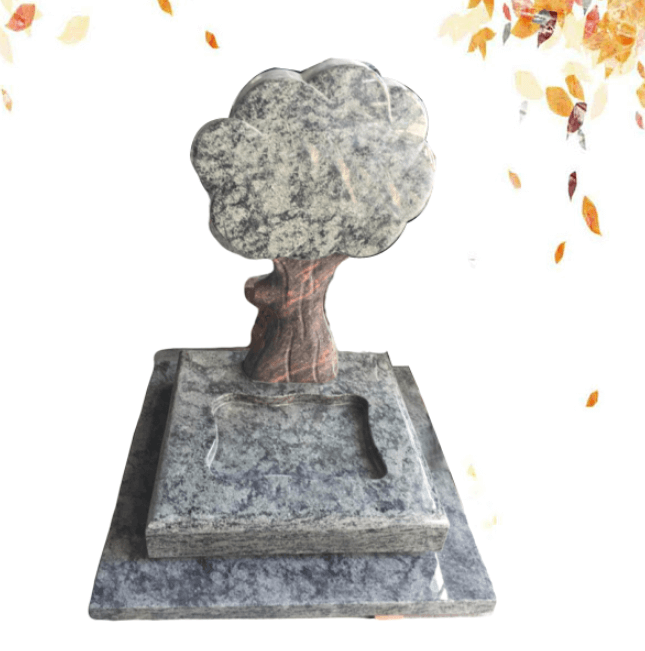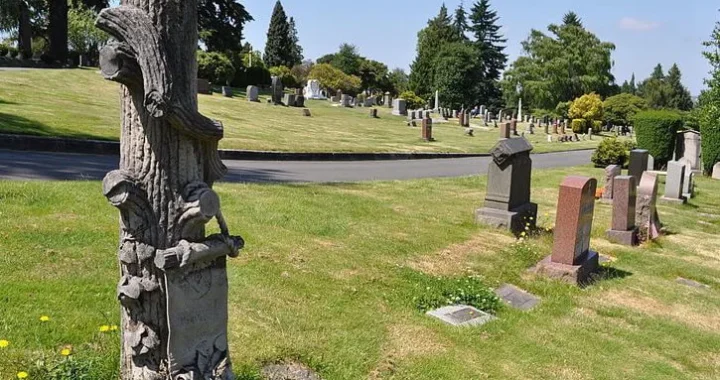What Are Gravestones That Look Like Trees?
Gravestones tell stories. Some are flat slabs, some are tall monuments, and some look like trees. These tree-shaped stones stand out in many cemeteries. They are not only markers but also symbols. People often ask why families choose this style.
The Meaning Behind Tree Gravestones
Tree gravestones often show the image of a cut tree. The stump or broken branches stand for a life that has ended. In many cases, the tree also points to hope and growth. Roots show that a person is still connected to family and community. Leaves may mark faith in new life after death.
Historians note that tree stones were most popular in the late 1800s and early 1900s. At that time, nature symbols were common in art and archtecture. Families used them to express both grief and hope.
An Example From a Family Story
Sarah, a woman from Ohio, once shared a story about her great-grandfather. He died young in 1912. His wife wanted a stone that felt personal. She chose a tree stump gravestone. The stump had his initials carved into the “bark.” Small carved vines wrapped around it. For Sarah, the marker showed how his life was cut short but also how his memory still grew through the family.
This example shows how people find comfort in symbols. For many, the image of a tree feels closer to life than a flat stone with only text.
Linked to Groups and Traditions
Some tree gravestones were linked to groups. One well-known society, Woodmen of the World (WOW), placed tree-shaped stones for its members. By the early 1900s, this group had thousands of members in the U.S. Each marker had the group’s initials, WOW, and often a carved ax or mallet. These symbols pointed to the values of strength and work.
Another org., Modern Woodmen of America (MWA), also used tree stones. Their use spread across cemeteries in states like Iowa, Kansas, and Texas.
Style and Craft
Many tree gravestones are hand-carved from granite or marble. The detail is striking. Bark patterns, knots, and branches give them a lifelike look. Some even have carved scrolls that hold the names and dates of the deceased.
Stone masons often signed the back of their work. These names help historians trace the spread of styles. By studying them, scholars can see how local craft linked to wider cultural trends.

Facts and Evidence
-
Tree gravestones became common between 1880–1920.
-
Woodmen of the World alone placed over 100,000 tree stones.
-
Many tree stones stand over 4 ft tall, though some are small.
-
Cemeteries in the Midwest U.S. have the highest number.
Why They Still Matter
Today, families still choose tree-shaped stones. Though less common, the style speaks to those who want a natural symbol. A tree can show growth, memory, and roots.
One man in Missouri chose a tree stump for his wife’s grave in 2005. He said, “She loved the outdoors. It was her life.” For him, the design felt true to who she was.

Closing Thoughts
Tree gravestones are more than markers. They are symbols of life, memory, and faith. They show how families use images from nature to tell stories. When you see one in a cemetery, you are looking not only at stone but also at a family’s love and history.

